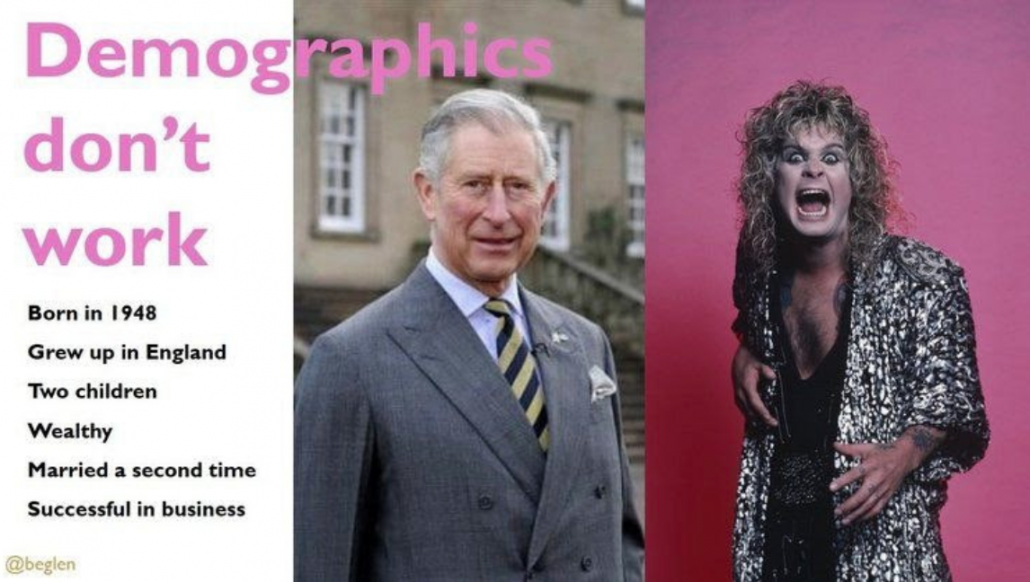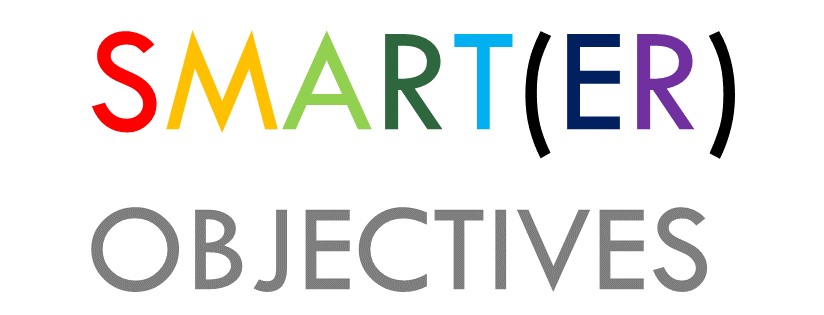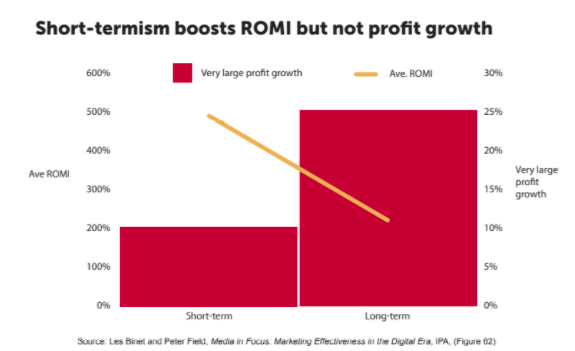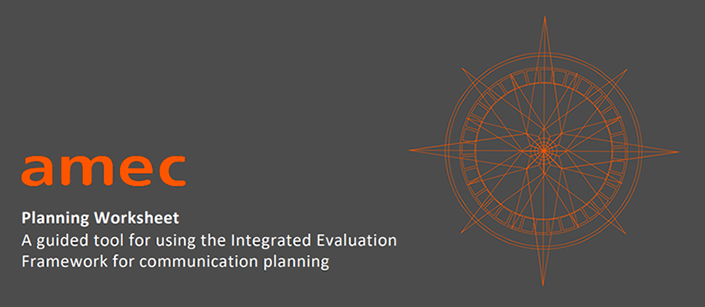WHAT HAS PLANNING GOT TO DO WITH IT?
A few years ago, at a meeting at the Chartered Institute of Public Relations (CIPR) with some senior in-house PR practitioners speaking under the Chatham House Rule, a comment was made that really resonated with me. A head of a globally renowned organisation threw her hands in the air and exclaimed frustratedly: “Let’s face it, PRs biggest secret is that we don’t plan properly. We get caught up conducting activity for activity’s sake and don’t link this through to how it supports clearly defined organisational outcomes.”
A little while later, talking to Alex Aiken, UK head of Government Communications, Alex described what he saw as one of the greatest challenges in the world of PR and communications. “Too much SOS” he said. “SOS?” I asked. “Sending out Stuff” he replied. What did Alex mean by this? Well, that it’s too easy to join a busy PR and comms department and to get caught up in the ‘hustle and bustle’ of the department. It’s too easy to get involved in activity and ‘just doing stuff’ without taking the time to step back and ask, why am I doing this? Why does it matter? What is the purpose? What am I trying to achieve? How will this support my organisation and will it turn the dials for the organisation that actually matter?
It struck me that without a proper PR plan, defined up front, with clear objectives and organisational outcomes in mind, measurement will always seem abstract to PR professionals. Something that happens at the end of a campaign, something that can be left to vendors and software platforms offering all those different charts, dashboards and portals that count things – it must be measurement. Mustn’t it?
The truth is though that this approach can leave PR professionals horribly exposed. Most of the numbers that are easy to count only tell one part of the story. They count what we call the output metrics, those activity-based numbers like volumes, impressions, shares, likes, tweets etc. These are the ‘counts and amounts’ in media monitoring that are often referred to as vanity metrics because they generate massive numbers that rarely demonstrate effectiveness or value to an organisation. It’s a rare organisation that asks for its PR and comms team to deliver X articles or Y number of tweets, or worse, some other more spurious metric unique to PR like ‘Return on Engagement’ etc. These numbers, without context and in isolation, are irrelevant and meaningless. And alien to the C Suite.
The need to measure the impact, effectiveness and value of PR is critical and is, of course, the reason AMEC’s Integrated Evaluation Framework exists – showing the way for all organisations of any size to measure in a meaningful manner from outputs to out-takes to outcomes. Measurement to be meaningful needs to demonstrate outcomes and the organizational impact achieved. The desired outcomes then need to be clearly understood and defined upfront in a PR plan, the plan needs to feature SMART objectives, current resources and benchmarks, realistic targets, appropriate KPIs and desired outcomes.
It’s for this reason that planning is such a critical component of PR, and has a symbiotic relationship with measurement and evaluation. AMEC hopes that the support and resources added to the Integrated Evaluation Framework will help you with your communications planning and enable you to take your measurement and evaluation in turn to the next level.
Finally, on behalf of everyone at AMEC, can I please take this opportunity to thank the amazing team of professionals who have given their time so generously to put together the planning resources section of the Integrated Evaluation Framework, under the working group leadership of H+K Strategies’ Allison Spray. I enjoyed working in this group enormously and learned a lot from their combined knowledge. In alphabetical order, the team are:
Deb Camden, Founder of The Communication Dividend
Alex Judd, Head of Impact and Planning at Clarity PR
Nicole Moreo, SVP, Analytics at Ketchum
Gemma Moroney, Co-founder of SHOOK
Claire Pimm, Director National Resilience Communications, UK Cabinet Office.
Aseem Sood, CEO, Impact Research and Measurement
Jason Woodward, Director, Strategic & Analytics Planning, Ketchum
Richard Bagnall, Co-Founder, CommsClarity Consulting, Board Director AMEC, Integrated Evaluation Framework team lead.





